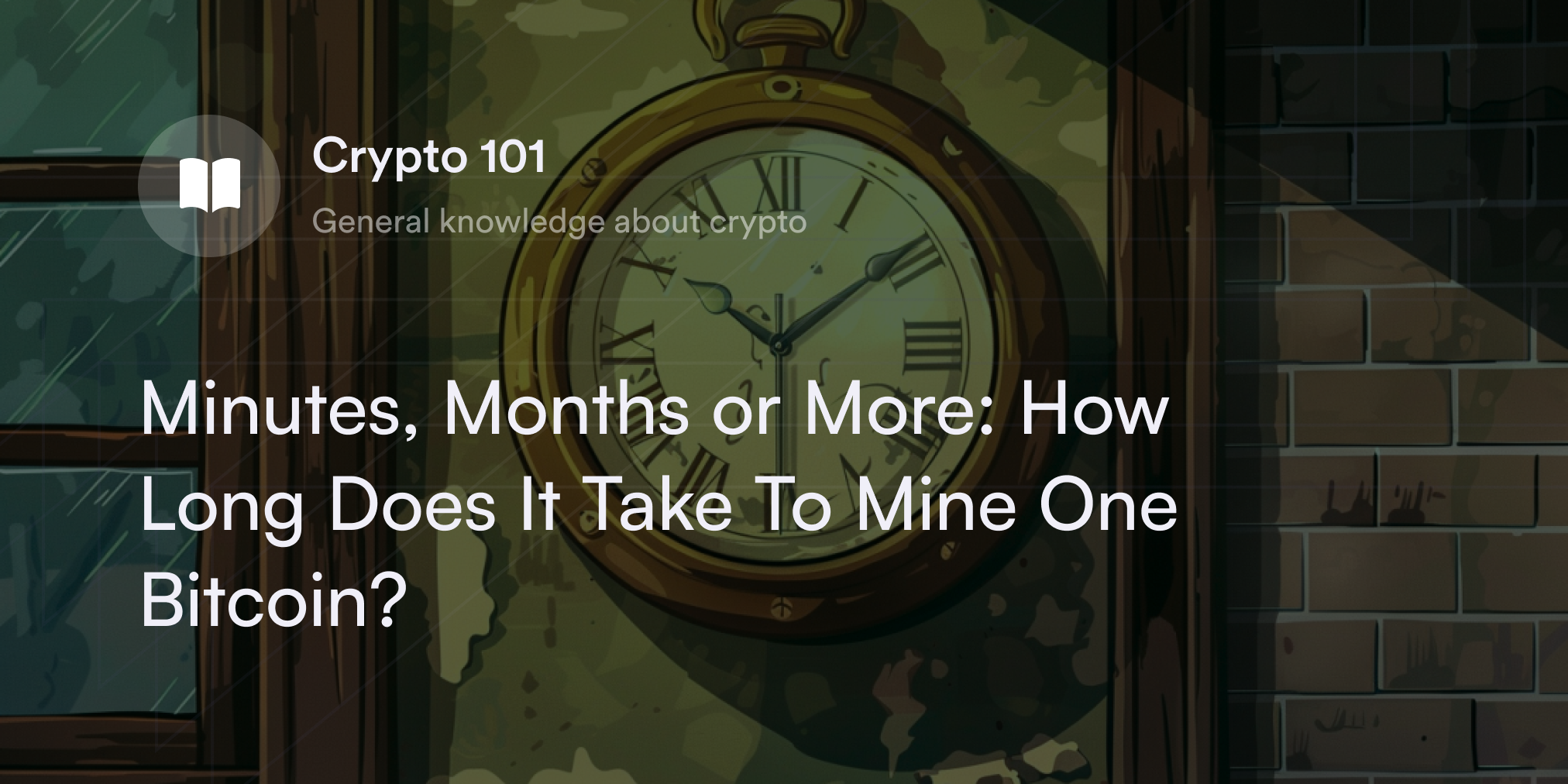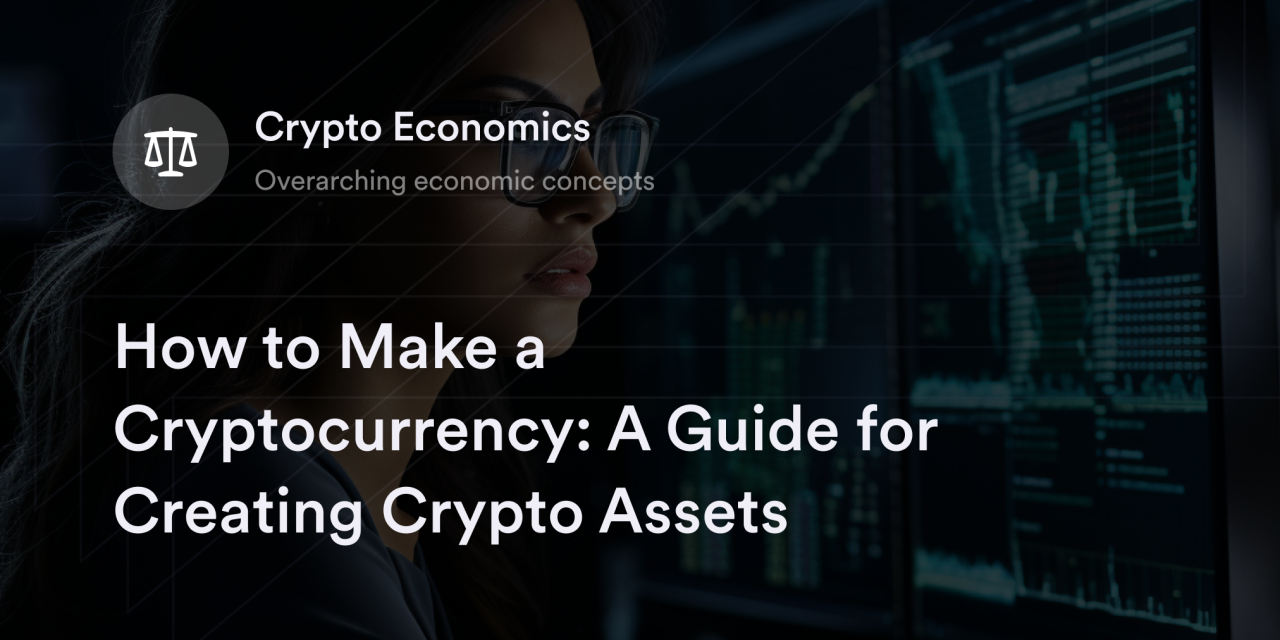


Whenever looking to sell cryptocurrencies on an exchange, traders often discover multiple “sell order types” to choose from. The wide variety of sell orders helps people customize trades in the fast-moving digital asset market, but they often confuse novice traders. Although understanding how different sell orders work may seem tricky, understanding their distinctions is key to making intelligent decisions.
Each sell order sends an exchange a set of instructions, so traders need to know beforehand how a brokerage interprets their request. For example, a “sell stop market order” is a common way to sell cryptocurrencies but may not be the best choice for every trader’s strategy. So before jumping into cryptocurrency trading, let’s review what a sell stop market order is and how it compares with other sell commands.
What are Limit Orders, Market Orders, and Stop Orders?
To understand sell stop market orders, it’s essential to compare the three primary types of orders: limit, market, and stop orders. Although every order tells exchanges to buy or sell a cryptocurrency, each has different rules. Also, many of the more advanced order types (e.g., stop market sell orders) are combinations of these three categories:
Market order: These orders immediately buy or sell an asset when a trader posts them on an exchange. For example, when a trader opens a buy market order for one Bitcoin (BTC), the broker buys it at the best available price. With these orders, traders can’t define the ideal price level they want to pay for a cryptocurrency.
Limit order: Unlike market orders, limit orders don’t go into effect until a cryptocurrency hits a “limit price.” Traders set this price before making a trade, and the order won’t close until an asset’s market price hits the target level. So if a trader uses a limit order to buy one BTC at $20,000, it only fills if BTC’s current price reaches $20,000.
Stop order: A stop order lets traders set a “stop price” at which a market order or limit order goes into effect. In other words, once a cryptocurrency’s price hits a “stop price,” the stop order transitions to a market or a limit order. For instance, a trader who sets a sell stop price of $2,000 for one Ethereum (ETH) won’t post a market or limit order to sell ETH until it trades for $2,000.
What are Sell Stop Market Orders?
A sell stop market order tells an exchange to sell a cryptocurrency at the market price after it hits a trader’s “stop price.” This sell order type combines a market order’s immediacy with a stop order’s precision and is typically used to limit losses in a cryptocurrency position.
For example, suppose a trader bought one BTC for $25,000 and wants to risk $5,000 on this position. To prevent losing more than $5,000, the trader may set a stop market order with a “stop price” of $20,000. If BTC falls to $20,000, the sell stop order instantly transitions to a sell market order and closes the position at the current market price. With this strategy, there’s no guarantee the individual exits their trade exactly at $20,000 per BTC, but there’s a high probability the position closes shortly after BTC hits the activation price of $20,000.
Is a Sell Stop Market Order the Same as a “Stop Loss?”
Stop loss refers to any order designed to get traders out of an unfavorable position. Therefore, a sell stop market order is a type of stop loss, but there are other kinds of stop loss orders. For instance, a sell stop limit order is a type of stop loss using limit orders rather than market orders. With a sell stop limit order, traders set a stop price to trigger a limit order for a cryptocurrency at a specific limit price. Therefore, even if a cryptocurrency hits a stop price, it won’t go into effect if the digital asset trades above the specified price.
For example, suppose a trader sets up a sell stop limit order for one Ethereum (ETH) with a stop price of $1,000 and a limit price of $900. If ETH falls to $1,000, the trader’s stop order transitions to a sell limit order for one ETH at $900. At this point, the exchange sells an ETH if the trade price falls to $900 unless the trader steps in to delete their limit order manually.
Another variety of stop loss traders use is called a “trailing stop loss.” Unlike the previous examples, a trailing stop order goes into effect when a cryptocurrency falls by a pre-set percentage. For instance, if a trader bought Bitcoin at $25,000 and set a trailing stop loss at 5%, their BTC position sells off if BTC falls to $23,750 [$25,000 - (5% x $25,000) = $23,750]. But this 5% sell order only applies on the downside. If BTC keeps rising, the sell order won’t hit the market unless BTC falls for a full 5%. For example, suppose BTC’s price rises to $30,000 without making a 5% downward move but then falls to $28,500. Since $28,500 is 5% lower than $30,000, the trailing stop loss would go into effect, and the trader would sell their BTC at this price.
Why do Traders Use Sell Stop Market Orders?
An advantage of using sell stop market orders is there’s a good chance a trader’s order fills shortly after a cryptocurrency hits a stop price. For this reason, sell stop market orders are a great option for traders who want a high probability their trade goes through once it hits the open market. By contrast, a sell stop limit order is less likely to go into effect versus a sell stop market order. Market orders always fill at the best available price, but limit orders won’t close until a cryptocurrency hits the specified limit price. So if a cryptocurrency falls sharply in a daily trading session, it’s more likely a sell stop market order will go through rather than a sell stop limit order. When the stop price hits on a sell stop limit order, the cryptocurrency’s value may already be far below the desired limit price, meaning the sell order won’t post on the exchange.
On the downside, sell stop market orders can’t guarantee a trader exits a position at their preferred price. Although this market order goes into effect at a specific stop price, there’s no guarantee where it closes once it enters an exchange. When a stop order transitions to a market order, it instantly fills at the best available rate, which may be higher or lower than the estimated price. This difference between the quoted and actual sell price for an asset is called “slippage,” and it’s more common with market orders than limit orders. Traders more concerned with the price they sell at prefer setting “limit prices” to clearly define where they’re comfortable selling an asset.
Enjoy advanced order settings on dYdX
dYdX provides eligible traders with dozens of order types and technical tools to create their ideal trading strategy. Eligible traders can also access up to 20x leverage and slippage controls when trading any of dYdX’s crypto perpetual contracts. For more details on trading cryptocurrency on dYdX, check out our blog. And if you want to learn about the virtual currency ecosystem, head to our Academy, which houses a wealth of educational articles on topics such as crypto staking, blockchain nodes, and buying power.
Eligible traders can start trading on dYdX today!
Disclaimer
The content of this article (the “Article”) is provided for general informational purposes only. Reference to any specific strategy, technique, product, service, or entity does not constitute an endorsement or recommendation by dYdX Trading Inc., or any affiliate, agent, or representative thereof (“dYdX”). Use of strategies, techniques, products or services referenced in this Article may involve material risks, including the risk of financial losses arising from the volatility, operational loss, or nonconsensual liquidation of digital assets. The content of this Article does not constitute, and should not be considered, construed, or relied upon as, financial advice, legal advice, tax advice, investment advice, or advice of any other nature; and the content of this Article is not an offer, solicitation or call to action to make any investment, or purchase any crypto asset, of any kind. dYdX makes no representation, assurance or guarantee as to the accuracy, completeness, timeliness, suitability, or validity of any information in this Article or any third-party website that may be linked to it. You are solely responsible for conducting independent research, performing due diligence, and/or seeking advice from a professional advisor prior to taking any financial, tax, legal, or investment action.
You may only use the dYdX Services in compliance with the dYdX Terms of Use available here, including the geographic restrictions therein.
Any applicable sponsorship in connection with this Article will be disclosed, and any reference to a sponsor in this Article is for disclosure purposes, or informational in nature, and in any event is not a call to action to make an investment, acquire a service or product, or purchase crypto assets. This Article does not offer the purchase or sale of any financial instruments or related services.
By accessing this Article and taking any action in connection with the information contained in this Article, you agree that dYdX is not responsible, directly or indirectly, for any errors, omissions, or delays related to this Article, or any damage, injury, or loss incurred in connection with use of or reliance on the content of this Article, including any specific strategy, technique, product, service, or entity that may be referenced in the Article.







